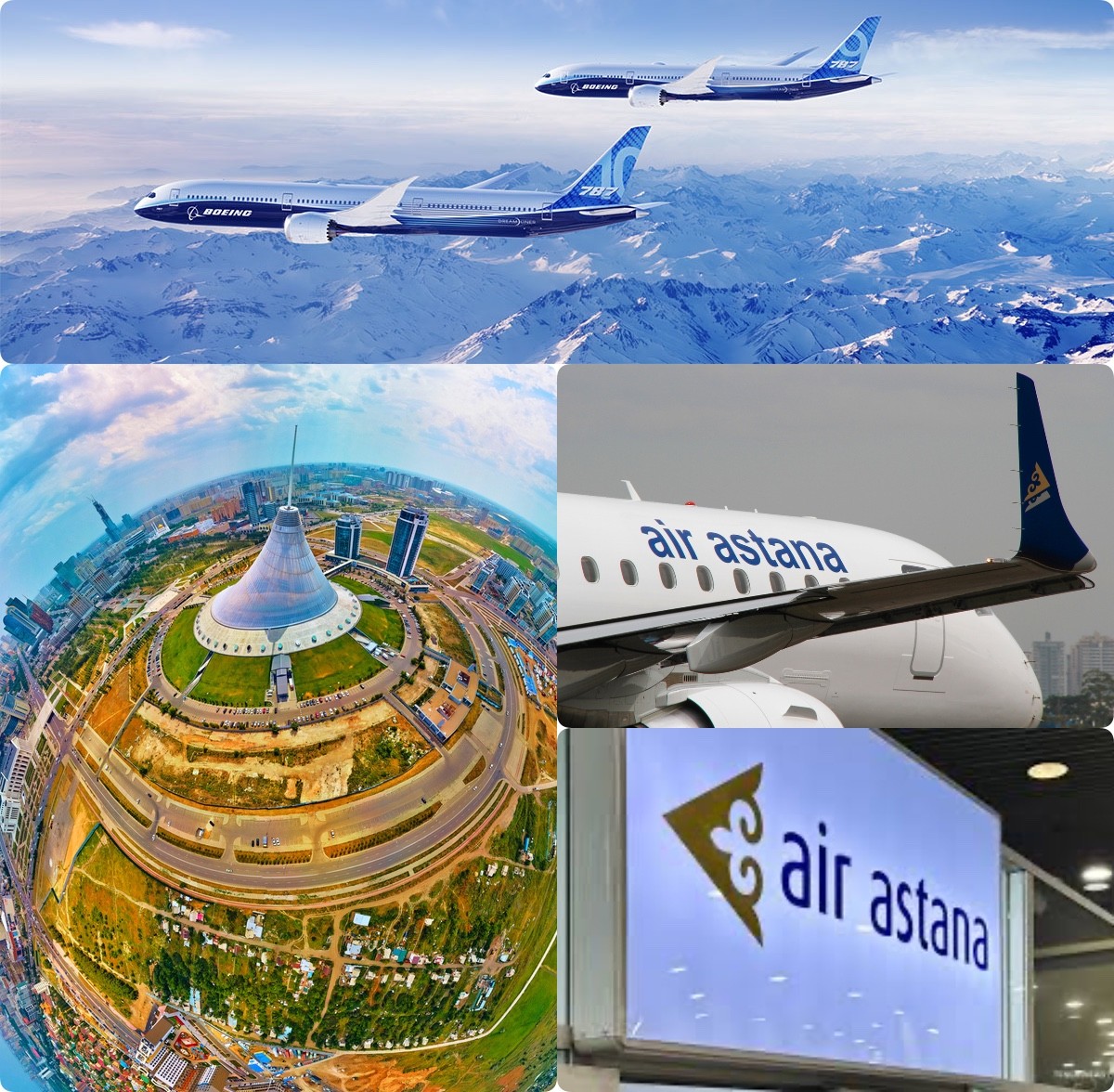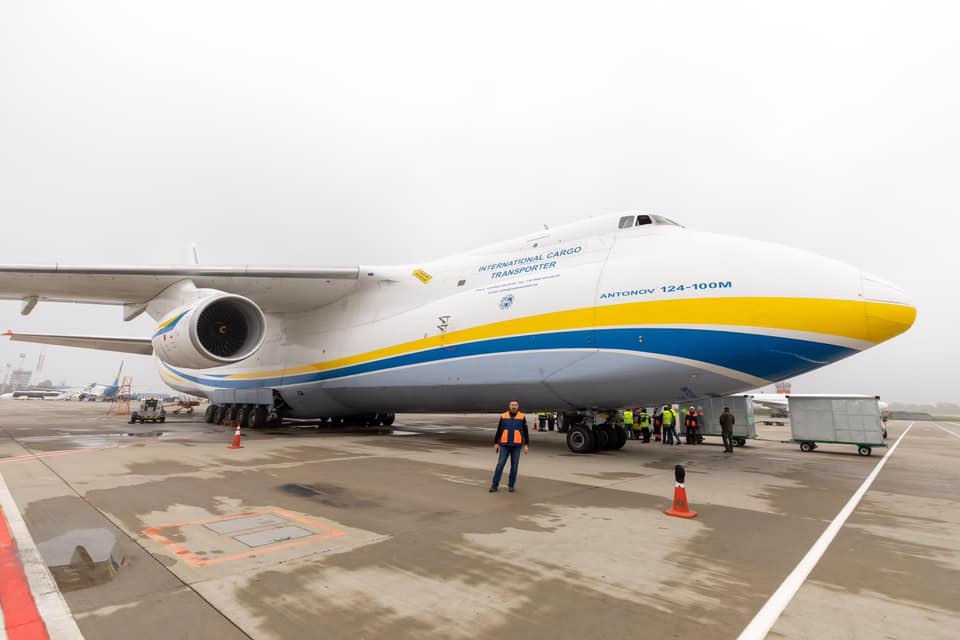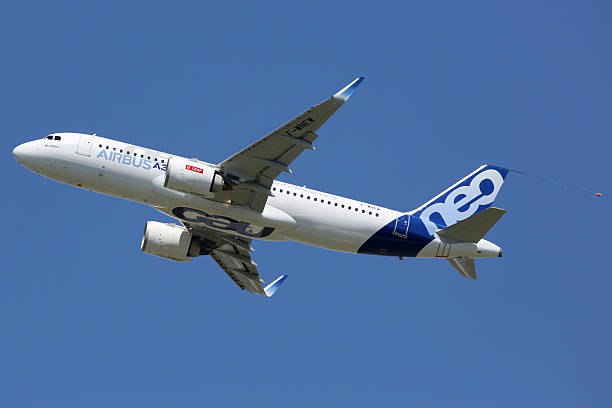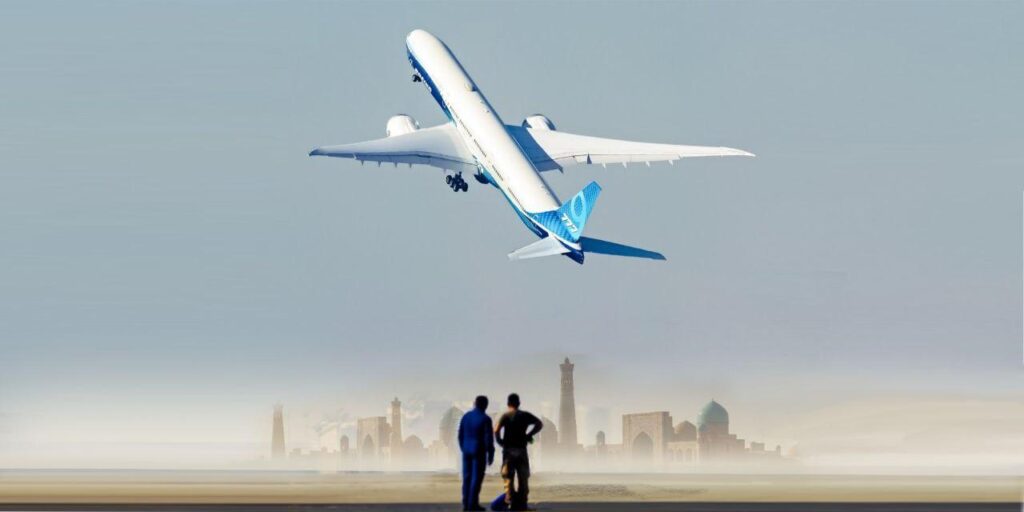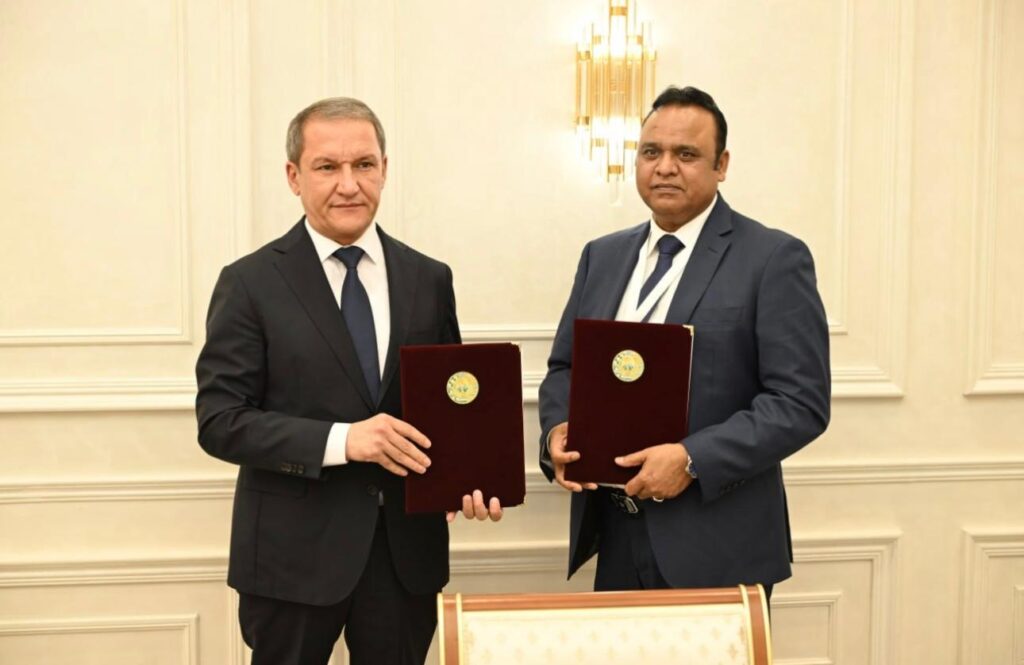Kazakhstan and Uzbekistan spent the first thirty years of independence embroiled in rivalries rooted in the Soviet-era. However, the two countries have since moved towards cooperation, and both Tashkent and Astana have tasted success. One area in which Uzbekistan has far surpassed Kazakhstan in direct air routes to key countries. From Tashkent, one can even fly to New York, which is still a dream for Kazakhstanis who want to reach the U.S. via direct flights. As previously reported by TCA, however, at the end of July, the authorities in Kazakhstan stated that the first B787 “Dreamliner” will be delivered in late 2025, bringing Astana’s long-held goal of direct flights to the United States by the end of 2025 a step closer. But will this dream become a reality?
In January 2022, the Parliament of Kazakhstan adopted the draft law “On ratification of the agreement between the Government of the Republic of Kazakhstan and the Government of the United States of America on Air Transport”. The agreement itself was signed back on December 30, 2019, when it referenced the flight route Nur-Sultan – New York. Then Minister of Industry and Infrastructure Development (MIID), Kairbek Uskenbayev said that a joint commission of representatives of American airlines had reviewed the airports of the capital and Almaty, and concluded that they met international standards.
Earlier, the MIID had specified that under the “Open Skies” regime, the fifth freedom of the air would allow Kazakhstan’s airlines to bring passengers to the United States, then pick up passengers there and transport them to a third country, that is, to fly in transit through the United States. Concerning cargo, the agreement provided a seventh degree of freedom, which also allows a Kazakh airline to transport cargo from the U.S. to Canada or the United Kingdom without additional authorization. U.S. companies in Kazakhstan would have similar rights.
At a meeting held in 2022, which was attended by the Director General of the Aviation Administration, Catalin Radu, and the Minister of Industry and Infrastructural Development of Kazakhstan, Kairbek Uskenbayev, it was stated that work has been underway since the beginning of 2022 to increase technical capacity in preparation for the upcoming FAA International Aviation Safety Assessment (IASA) into launching direct flights between Kazakhstan and the United States. According to Talgat Lastayev, the Civil Aviation Committee Chairman, Kazakhstan had raised its flight safety assurance level to 84%, 15% above the global average.
Plans for the capital’s airport changed, however. On the sidelines of a government event in May 2023, when asked by journalists when flights to New York was expected to commence, Peter Foster, head of Air Astana, Kazakhstan’s largest airline, responded stating, “Flights are planned to begin by 2025. There is a small correction to be made; the flights will be from Almaty. The Almaty – New York route will at the initial stage be three times a week, with a further increase to 5 flights a week, and if there is good performance, daily flights. There will be no flights from Astana.”
In December of the same year, Transportation Minister Marat Karabaev promised at a government meeting that flights to New York would be opened in 2025, without, however, specifying from which airport the flights would operate. “In 2024-2025, flights to Mumbai, Tokyo, Singapore, Shanghai, and New York will be launched,” Karabayev said. “This year, six foreign airlines have been issued permits to fly to Kazakhstan. In addition, amendments were made to the Open Skies regime, and all restrictions on using the fifth degree of ‘freedom of the air’ were removed.”
In February 2024, the alarm bell sounded when journalists at the Investor Protection Forum asked the U.S. Ambassador to Kazakhstan, Daniel Rosenblum, why there are still no direct flights between our the two countries. “We would like to open a direct flight,” Rosenblum stated. “We support this idea, but unfortunately, it is a very complicated process. Airlines have to have appropriate airplanes, and Air Astana doesn’t have these airplanes yet. They are in the process of acquisition. It will take time… There are also a tremendous number of checks and procedures that need to be carried out by our aviation authorities, such as the U.S. Federal Aviation Administration. This issue is often raised in our dialog with the government. Unfortunately, this will not happen this year. Approximately – in 2025.”
Nevertheless, on April 4, 2024, the Aviation Administration of Kazakhstan signed an agreement with the U.S. Federal Aviation Administration to conduct a preliminary International Aviation Safety Assessment (IASA). An official statement noted that the agreement outlines a joint approach to the preliminary IASA assessment process, including information sharing, technical assistance, and capacity-building activities. The Civil Aviation Committee wrote that, “As part of the IASA pre-assessment, the FAA assesses the civil aviation authorities of countries whose airlines have applied for flights, operate flights to the United States, or participate in code-share agreements with U.S. airlines for compliance with ICAO international flight safety standards.”
The Aviation Administration specified that the preliminary assessment of the IASA is aimed at further obtaining Category 1 status from the FAA, which would allow Kazakhstan’s airlines to launch direct flights between Kazakhstan and the U.S. if they have the appropriate aircraft.
Rosenblum’s clarification about the “availability of appropriate aircraft” was the second alarm bell.
The Times of Central Asia contacted Air Astana, one of the two Kazakh airlines slated to fly to the United States, to clarify whether they have the “appropriate aircraft.” Since 2011, it has been reported that Air Astana approached Boeing to purchase three 787 Dreamliner aircraft. In July of this year, a Kazakh delegation headed by the Minister of Digital Development, Innovation, and Aerospace Industry met with Boeing representatives. At the meeting, they discussed the issues of airliner deliveries for Kazakhstani companies. TCA asked Air Astana about the status of the application for airliners.
Air Astana stated that the IASA is now undergoing a preliminary assessment, following the results of which they will be awarded FAA Category 1 status. When it came to the time-frame for delivery of the aircraft ordered back in 2011, Air Astana answered, “Since 2011, there have been several macroeconomic, global changes, which affected the market situation, and the timing of aircraft deliveries has been revised, including delays on the part of the manufacturer.” Air Astana refused to specify how long the delivery dates were pushed back for, and also refused to answer questions about the profitability of flights to New York.
Whilst steady progress in air connectivity between Kazakhstan and the United States has been made at a bureaucratic since 2019, it remains to be seen whether 2025 will finally see this route take flight.
